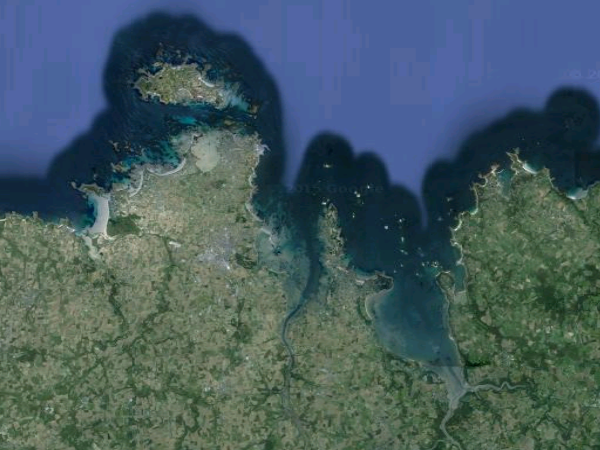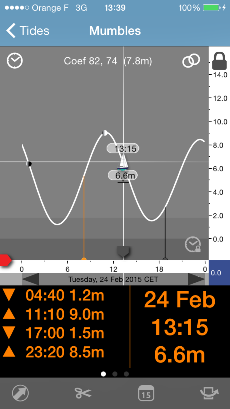The vast majority of fishing chatter tends to be about tackle. Anglers entering the sport often seek reassurance that they have the ‘right’ gear to enable them to catch bass. The huge choice of rods, reels, lures and associated kit can be a massive distraction. If you sat down with an experienced angler though, someone with plenty of quality bass under their belt, what advice would they offer ? The reality is that the conversation about tackle would last all of 2 minutes, before moving on to the important stuff … tactics.
Of course, the sport is about enjoying all facets of it, and the tackle is a truly interesting aspect, and is a big part of the sport for many anglers … but it’s not ‘often’ the deciding factor between success and failure.
The first challenge is to find the bass in the first place. This is where most experienced anglers focus the bulk of their efforts. So how do you research this ?

Starting with the area of coastline you are likely to fish, think about how best to approach it, and where the hotspots might be. Areas that hold the basics of the bass diet are a good starting point. For those who have read perhaps one of the best books ever written about bass fishing tactics “Hooked on Bass” by Alan Vaughan and Dr Mike Ladle, one of the (many) interesting pieces of information in there, is the stomach contents of bass which have been collated into a table. In that table you get some good clues as to what bass like to eat …. sandeel, crabs, prawns, etc…
So being mindful of what bass like to eat, we now need to find places where that food is present. Reefs, shingle beaches, estuaries, kelp, bays, a whole myriad of areas can hold this food, and not all spots are equal. The movement of the tide, the underwater features, the time of day, the moon, the wind direction … the list of variables is long, and different factors will be important on different days.

So, how to unpick the lock ? Knowing roughly what area of coast you intend to fish, a mooch around something like Google Earth can be invaluable. It can show likely looking areas to try. Look for reefs, headlands, bays, look for places which look ‘fishy’. Figure out your access, parking, and look for safe paths.
Now with some areas pin-pointed, it’s time to look at tides and weather. There are many ways to research tides. Your local tackle shop will likely have tide-books available. Also there are many online sources, and Apps for smart-phones. If you are fishing an unfamiliar stretch of coast, it always pays to check more than one source to be sure that you have accurate data. Tip of the day: Try to be aware of cut-off points when fishing a flooding tide in an unfamiliar area.
Weather conditions also have a large bearing on how marks will fish, and how safe they will be. Again there are various weather sources, and more specialist sites such as Magic Seaweed which will provide an estimation (or measurement) of wave/swell height and direction. With some knowledge of wind direction and wave size/direction, you can be pretty well-prepared when hitting the coast, and can pick the appropriate mark (it’s easier to fish with the wind, but often more productive to fish against it … where it’s safe to do so).

Will the spot fish better on the flooding tide, the ebb, at night, at low water, at first light, in the middle of the afternoon, well we can’t tell you that … why … because it’s something that is peculiar to each different mark, and how you fish it. It can only be truly understood by spending time actually fishing. This is why there are so few shortcuts to success in this sport … unless you are fortunate enough for someone to share this specific information with you for the spot you are fishing, it’s just something to be fathomed yourself … and in doing so, the success you enjoy will be so much more rewarding.
Look for current, look for slack-water bays, look for the waves churning the food at a beach, look for quiet corners, crab-filled gulleys, bays holding baitfish, kelp forests … think about what you are trying to do, and then how to present that lure (or bait) into that area. The tackle needs to be fit for purpose, and shouldn’t let you down at the critical moment, but it’s water-craft that will bring you the majority of your success